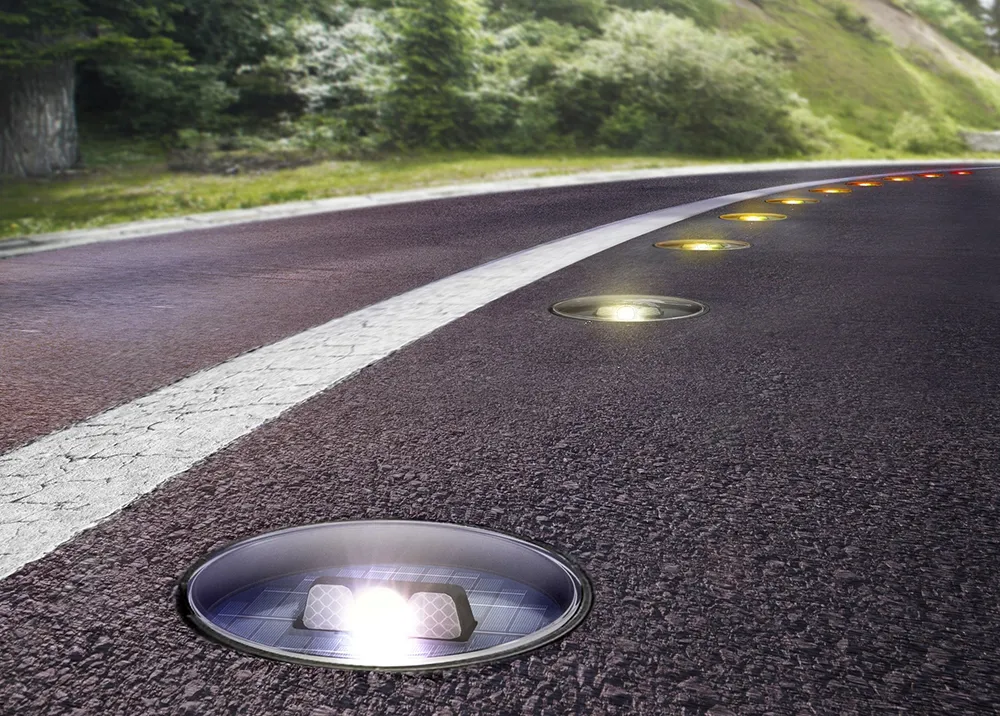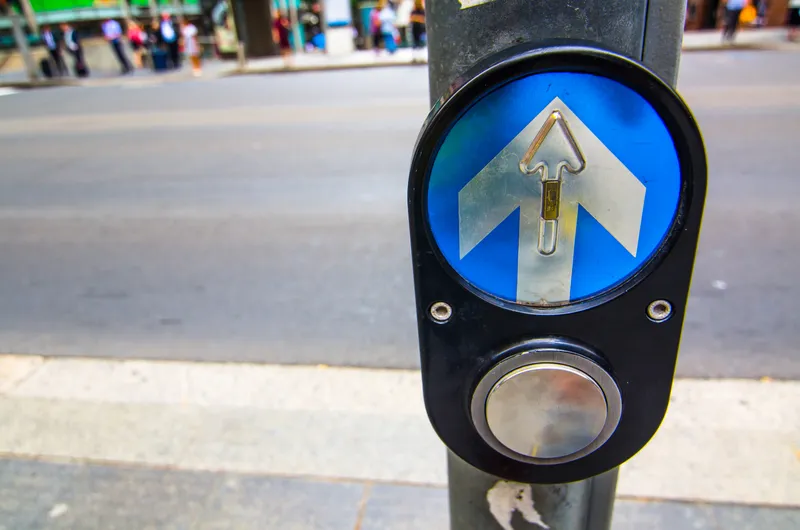German transportation provider Stadtwerke Augsburg is experimenting with warning lights at two pedestrian crossings in the city in an effort to alert oblivious phone-using pedestrians to approaching trams. Rows of flashing LED lights installed into the kerb are intended to act as an alternative to conventional warning signs; when a tram approaches, they flash red to warn pedestrians that the traffic signal is red and green when it is safe to cross.
April 26, 2016
Read time: 1 min
German transportation provider Stadtwerke Augsburg is experimenting with warning lights at two pedestrian crossings in the city in an effort to alert oblivious phone-using pedestrians to approaching trams.
Rows of flashing LED lights installed into the kerb are intended to act as an alternative to conventional warning signs; when a tram approaches, they flash red to warn pedestrians that the traffic signal is red and green when it is safe to cross.
According to the Germany-based transportation research firm










